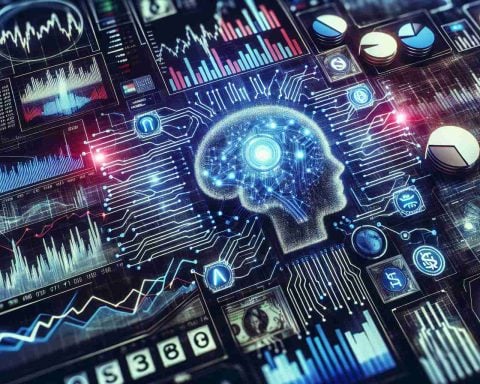In a significant move aimed at reducing distractions in educational settings, California has become the latest state to enforce restrictions on student smartphone usage. This legislation, recently signed into law by Governor Gavin Newsom, seeks to address the growing concerns over children’s mental health and the negative impact of social media.
Under this new law, California school districts are required to establish guidelines to limit or entirely ban smartphone usage during school hours. Schools have until July 1, 2026, to implement these rules and must revisit them every five years thereafter. Proponents of the law argue that it will enhance students’ focus on academic pursuits and foster better social interactions among peers. The initiative aligns with similar measures adopted by states such as Florida and Indiana.
Despite the intention behind the law, there are apprehensions among educators and parents alike. Critics point out that enforcing these rules could unduly burden teachers, while others express concern regarding students’ ability to contact family members during emergencies. Conversations surrounding the legislation have heightened in light of recent tragic events, emphasizing the balance between safety and academic engagement.
California’s new law illustrates the ongoing debate about the role of technology in educational environments and the need to prioritize student well-being. As schools prepare to navigate these changes, the dialogue surrounding smartphone use in classrooms is likely to continue, prompting districts to tailor policies that best suit their community’s needs.
Smartphone Use in Schools: Tips and Insights for Students, Parents, and Educators
As California implements new legislation to limit smartphone use in schools, students, parents, and educators alike need to adapt to the evolving educational landscape. Here are some helpful tips and interesting facts related to managing smartphone use effectively, both in and out of the classroom.
1. Establish a Designated Phone Time
One practical tip for students is to designate specific times for smartphone use. This may involve setting aside time before and after school for checking messages and social media. By creating boundaries, students can focus on their studies and social interactions without the constant distraction of their devices.
2. Utilize Technology Wisely
While smartphones can be a source of distraction, they can also be valuable educational tools. Parents and students should explore educational apps and resources that can be used during appropriate times. Utilizing applications for organization, note-taking, or interactive learning can maximize a smartphone’s potential while minimizing distractions.
3. Communication is Key
Given concerns about safety, it’s crucial for students to have clear communication with their families about when and how they can reach each other. Parents should establish alternative communication methods, such as using email or messaging apps, which can be accessed during breaks rather than class time.
4. Encourage Face-to-Face Interaction
With smartphones taking center stage, it’s important for students to engage in face-to-face interactions. Educators and parents should encourage group activities and collaborative projects that necessitate personal contact, promoting social skills essential for success in both academic and future workplace environments.
5. Educate on Digital Responsibility
Schools can implement programs to teach students about digital citizenship and responsible smartphone use. Understanding the implications of social media and online behaviors can empower students to make informed decisions, enhancing their mental health and academics.
6. Monitor Your Use
Both students and parents should keep track of smartphone usage. Many smartphones come equipped with features that allow users to monitor their screen time. Understanding oneself allows for adjustments that promote healthier habits.
Interesting Fact: Did you know that studies have shown that excessive smartphone use can negatively impact sleep quality? Encouraging a ‘digital sunset’—a time to unplug from devices before bedtime—can lead to improved mental health and academic performance.
As California schools prepare to navigate these changes, the adoption of policies limiting smartphone use can serve as a catalyst for more focused and healthy educational environments. Adapting to these new rules may be challenging, but the long-term benefits for students’ concentration and well-being are promising.
For more tips and resources related to education and technology, visit Education.com and Common Sense Media.


















